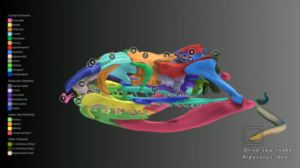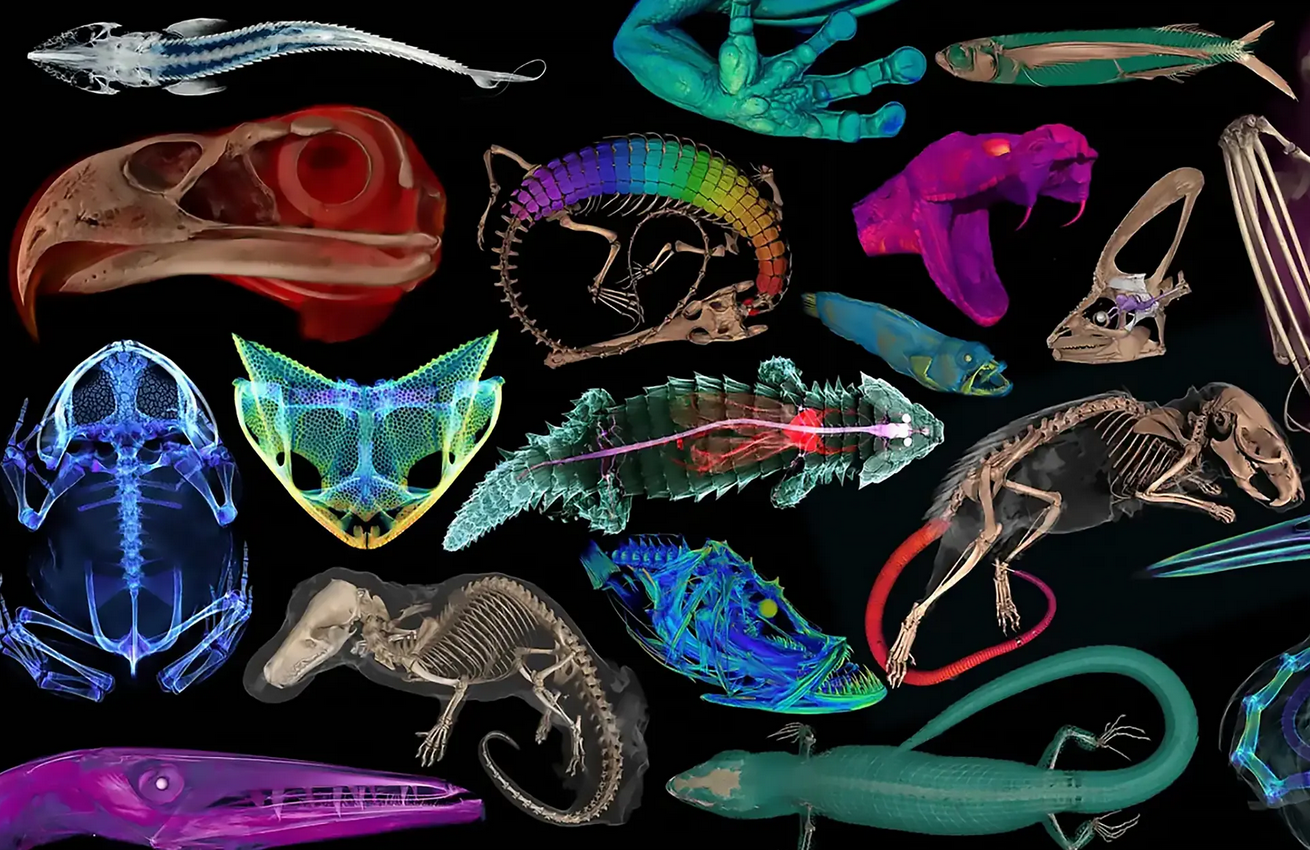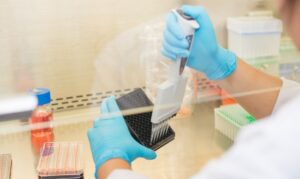The completion of the openVertebrate (oVert) project is a significant milestone for natural history museums, as well as researchers, educators, students, and the public.
The digital library is the first to offer free access to incredibly detailed – and, frankly, beautiful – 3D images of over 13,000 vertebrates.

More than a research project, oVert was a collaboration between like-minded specialists across 25 institutions whose sole objective was to add value to museum collections by making them more widely available.

Importantly, these images provide an insight that would only otherwise be obtained by destructive dissection and tissue sampling.
Elephant stem cells created in a lab for the first time could help bring back the mammoth
“Museums are constantly engaged in a balancing act,” said David Blackburn, the project’s lead principal investigator and curator of herpetology at the Florida Museum. “You want to protect specimens, but you also want to have people use them. oVert is a way of reducing the wear and tear on samples while also increasing access, and it’s the logical next step in the mission of museum collections.”
Continue here: New Atlas
Ask me anything
Explore related questions





